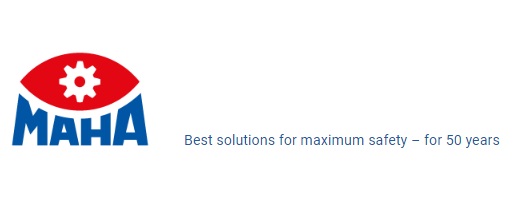 Add My Company
Add My Company
Sign In
A Safe Future
21-03-2011

Mechatronic vehicle testing for safety-relevant components in cars
The complexity of vehicle technology is increasing steadily. Growing demands in terms of vehicle safety and driver assistance systems are decisively changing the features and functionality of vehicles. A closer examination of the systems installed clearly shows how the mechanical and electronic components interact to an increasing degree. The failure of an individual function affects the operation of the entire system.
This trend in vehicle development has brought about increased demands on vehicle monitoring systems (PTI). The aim of mechatronic vehicle testing is to test the operational readiness of safety-relevant components as quickly as possible. Using an external device, the data will be read via OBD into the fault recorder and the control systems activated.
The development of diagnostic equipment has now progressed so far, that, in addition to the usual diagnostic devices that can read the data via OBD, a device is available that guarantees a fast connection setup and is aligned to the requirements of the PTI. This generation of devices is equipped with a wireless communication system that enables it to be integrated into modern networks. Using it with the PTI requires not only the reading of the vehicle data, but also a database in the testing equipment network that compares the set values with the actual ones.
Currently, safety systems are still controlled by the warning lights (MIL) on the dashboard. However, this method is no longer sufficient to meet the demands of a comprehensive component monitoring system. The scope of the tests includes the electronic components of the braking system, steering, headlights, other lighting, rollover protection systems, seatbelts and restraint systems, airbags, stability control systems such as ESP and the speed limiter.
A basic requirement for a sustainable solution for mechatronic vehicle monitoring is that a disclosure requirement is set up such that vehicle manufacturers or importers provide all relevant data such as braking limits, pressure data and other test information. The data is to be uniformly structured and relate to specific vehicles, and stored in a database that is managed from a central location. This database has been developed by monitoring bodies, working in close cooperation with car manufacturers, and represents the most efficient type of testing. Together with a modern data network system, it forms the basis of this modern test technology. Mechatronic vehicle testing has other advantages for PTI process safety. By setting up the communication between the vehicle and test equipment, data that is relative to testing, such as the vehicle identification number (VIN), mileage and other information about the vehicle is recorded immediately and automatically. Time consuming and error prone reading of the vehic le registration document is a thing of the past. Test results acquired during the subsequent vehicle test are compared both with those set down by law and the acceptable limits, and are also automatically compared with the data supplied by the vehicle manufacturer. At the same time the faults in the safety relevant components are read from the fault recorder.
The results are documented and assessed in a full report that can be printed separately. The more data from a particular vehicle that is compared with the test results and measurement data, the shorter the testing and evaluation period. The test process is evolving into a two-way communication between the brake test rig and the vehicle, via the OBD. Its main purpose is to extend the current "mechanical" test to include the monitoring of safety relevant electronic components without involving a significant time overhead.
The objective of this vehicle development is to avoid the high cost and training requirements that would result from targeted automatic electronics testing, because the new system focuses only on e
For more information on A Safe Future talk to MAHA UK Ltd
Enquire Now
List your company on FindTheNeedle.

